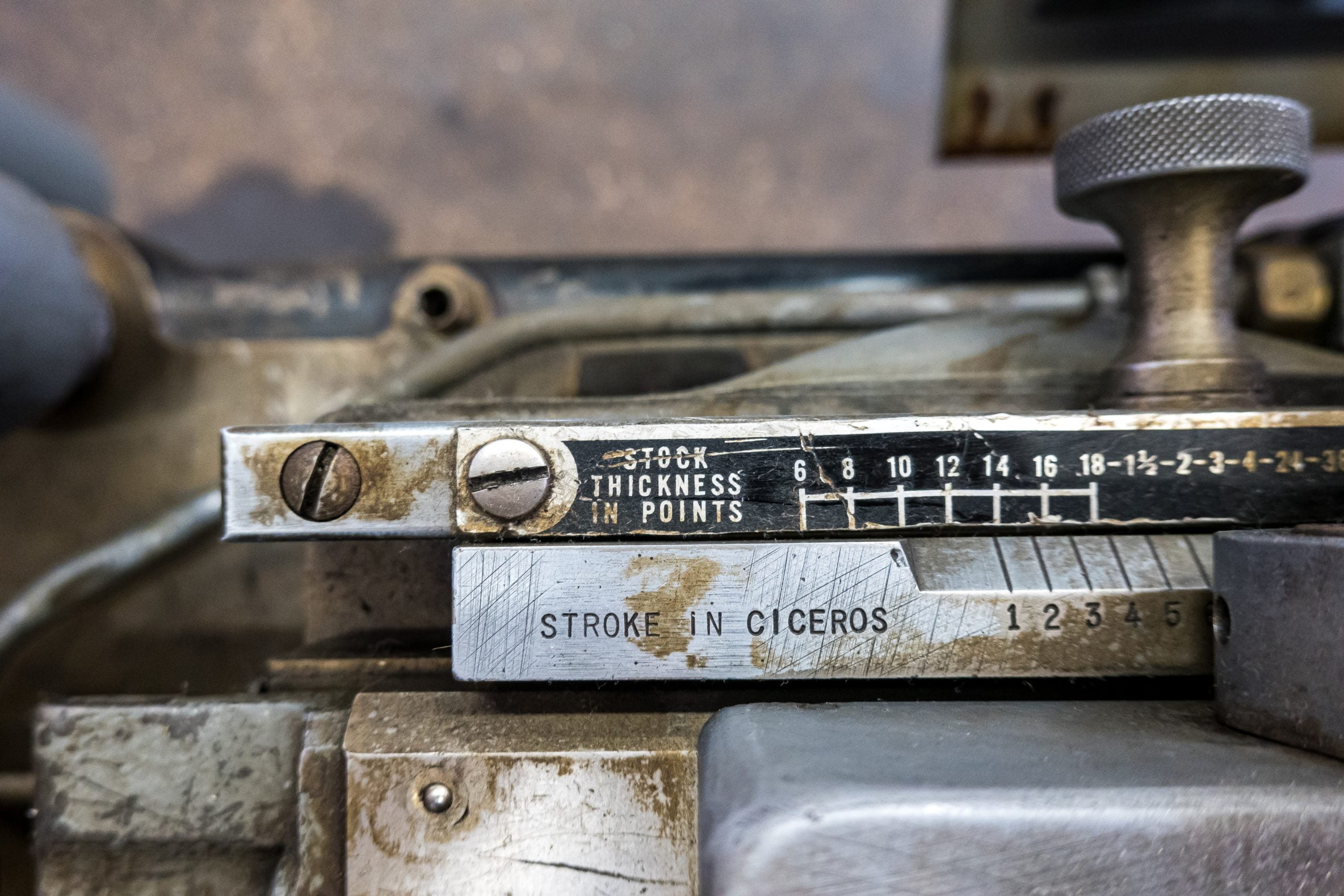If you delegate your title page formatting to Word, you can save yourself time spent formatting.1 You can also end up with a title page that’s more precisely formatted.
To start delegating your title pages to Word, there are four basic steps. The first of these is to capitalize and center your title page text.
To illustrate how to format your title page text, I’m going to assume you’ve set up your essay’s title page in Word like I recommend.
If you’ve already done that, it will be that much easier to follow along. But even if not, you can still apply the process described below to your own document as you’ve structured it.
1. Ways to Format Your Title Page Text
According to the Student Supplement for The SBL Handbook of Style, all title page text needs to be presented in capital letters and centered on the page.2
You can get your text capitalized in a few ways. First, you can turn on your caps lock and type the text.
Second, you can type the text and then format it as “UPPERCASE” from the “Font” section of the “Home” tab as shown below.

Or you can do the same thing through the “All Caps” option in the “Font” dialog box.
Third, you can adjust the “Title” style or create your own style to apply the uppercase font formatting.
With either of the first two methods, you’ll still need to separately center the text. But if you modify the “Title” style, you can specify center alignment for this style, as well as uppercase font.
Using the “Title” style also means that you can save your modifications of this style to reuse later in other documents. When you do so, you then get the bonus of bypassing the formatting work you’d otherwise need to redo.
2. How to Modify Your “Title” Style
To modify your “Title” style, follow the steps below. In these steps, I’m assuming that your “Title” style is exactly like it’s initially defined in the default Word template.
So , just keep in mind that you might need to tweak the exact steps shown below depending on exactly how your “Title” style is currently formatted.
2.1. Start Modifying the “Title” Style
First, come to the Home tab, and open the styles panel.

Second, find the “Title” style. Click the drop down arrow to the right of this style name, and choose “Modify….”

2.2. Modify the “Title” Style’s Font Face and Alignment
Third, on the right side of the “Modify Style” dialog box under “Formatting,” change “Latin” to “(all scripts)” if you might possibly use this “Title” style with Hebrew or other right-to-left text.
Then set the font face and size to be the same as you’re using in the main text of the rest of your document (e.g., Times New Roman, 12-point).
Choose to center-align the text by clicking the second button from the left under the font face name drop-down box.
In case you’re wondering, you’ll want to leave the line spacing at single spacing. This way, your class block (block 3) and author block (block 4) can be single spaced.3
If your title runs longer than one line, you can later format that block directly so that it’s double spaced.

2.3. Set the “Title” Style to Use All Capitals
Next, click the “Format” button in the bottom left-hand corner, and choose “Font…” from the menu that opens.

In the “Font” dialog box on the “Font” tab, find the “Effects” section toward the bottom. Then, check the option for “All caps” in the right-hand column.

2.4. Correct the “Title” Style’s Character Spacing
Next, switch to the “Advanced” tab. Here you’ll need to remove a default Word title style option that isn’t consistent with the Student Supplement.
To do so, under “Character Spacing,” change the spacing to “Normal,” and click “OK.”

This will bring you back to the “Modify Style” dialog box.
2.5. Save Your Changes to the “Title” Style for Later Reuse
Decide whether you want to use this same style formatting in other documents based on the same Word template.
If so, choose the “New documents based on this template” option at the bottom of the “Modify Style” dialog box. Otherwise, leave the default “Only in this document” selected.
Press “OK” at the bottom of the “Modify Style” dialog box.
Conclusion
If you haven’t done so yet, you can apply the “Title” style to text on a sample title page.
There are still a couple updates you need to make so that you can evenly distribute this text vertically on your title page.
But you can already start to see how your title page formatting is beginning to take shape in a way you can largely delegate to Word in the future.

Tired of fighting with Word? Want to be done with frustrated hours fussing over how to get the formatting you need?
My new guide shows you how to bypass all of this so you can let Word work for you while you focus on your research.

For students in any graduate program, mastering the full range of available research tools is crucial for efficient and consistent productivity. Dr. Stark has mastered these tools—the most important of which is Microsoft Word…. Students eager to take their work to the next level would do well to follow Dr. Stark’s in-depth guidance.
Header image provided by Etienne Girardet. ↩
Melanie Greer Nogalski et al., Student Supplement for The SBL Handbook of Style, Second Edition, ed. Joel M. LeMon and Brennan W. Breed, rev. ed. (affiliate disclosure; Atlanta: SBL, 2015), §3.1. In the steps illustrated here, I’m assuming you’re using the most current version of Word available via an Office 365 subscription. As of this writing, that’s 16.0.12624.20278. Any reasonably recent version of Word should work similarly. But increasingly older versions may have increasingly larger differences in how they match the steps I describe here. ↩
To review the title page text blocks that the Student Supplement specifies, see “The Fundamentals of How to Format a Title Page.” ↩

Leave a Reply